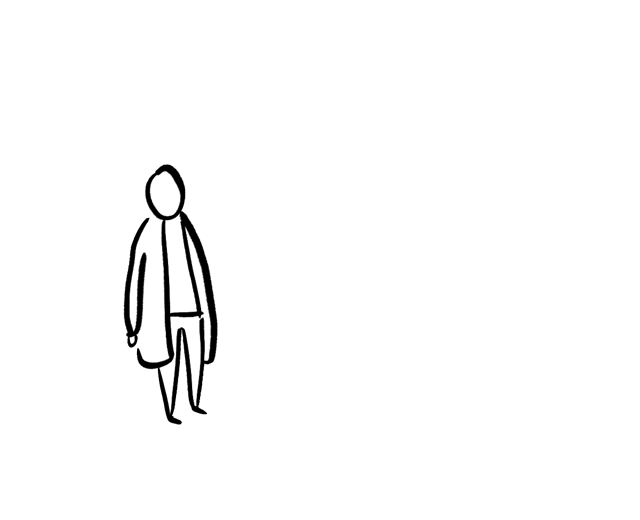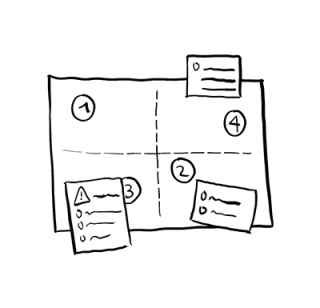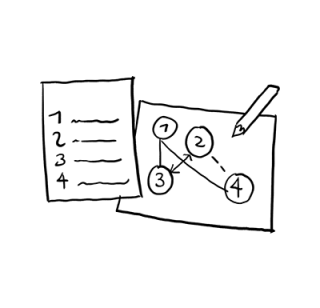 Socio-technical configuration
Socio-technical configuration
features:
| time | difficulty | people |
 |  | |
| Hours | Straightforward | Individually |
intro:
An innovation alone cannot work. It requires an infrastructure, depends on regulatory frameworks, specific use practices, and should not disrupt societal and cultural norms. These and other elements are visualized in the socio-technical configuration. The configuration however is not static: a new innovation may disrupt the existing system while broader ethical, legal or social changes influence the innovation and its use.
steps:
 Mapping1Map the linkages between the core technology you are working on and its broader context.
Mapping1Map the linkages between the core technology you are working on and its broader context.-
- What is, or should be, in place in order for the innovation to work (not only in a technical sense)?
- Make use of the template and examples presented here.
-
 Comparison2Compare the socio-technical configuration with the existing system of a similar technology or a configuration fulfilling a similar function as the envisaged innovation.
Comparison2Compare the socio-technical configuration with the existing system of a similar technology or a configuration fulfilling a similar function as the envisaged innovation.-
- Which elements of the existing socio-technical configuration may be challenged or changed by the innovation?
- Which are the most disruptive changes?
.
-
 Changes in societal context3Think about broader changes which are going on in the world and which are not easily influenced like climate change, global migration, population ageing, political conflicts, resource scarcity, increasing inequalities, etc.
Changes in societal context3Think about broader changes which are going on in the world and which are not easily influenced like climate change, global migration, population ageing, political conflicts, resource scarcity, increasing inequalities, etc.-
- How do changes in the societal context impact the various elements of the socio-technical configuration?
- Which impact does this have on the innovation?
- Considering these changes, what would be needed for the innovation to still work in this new socio-technical configuration?
-

